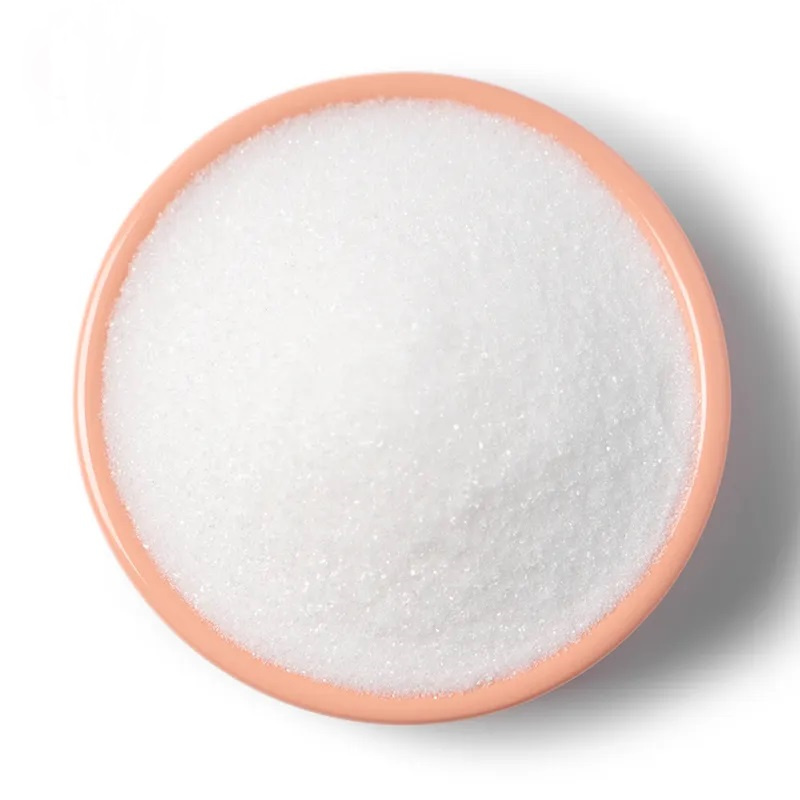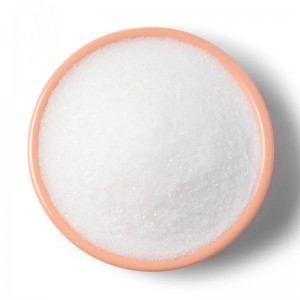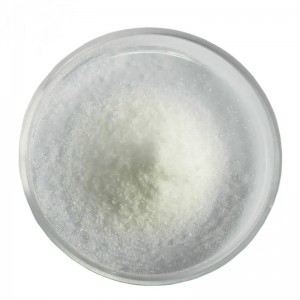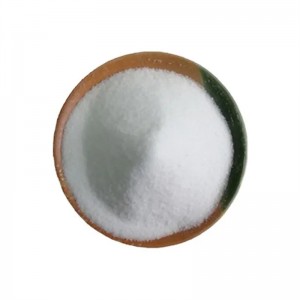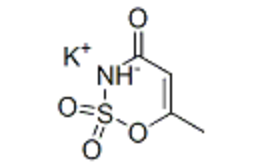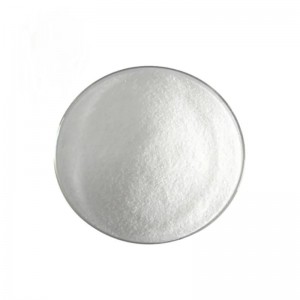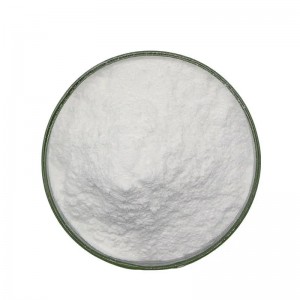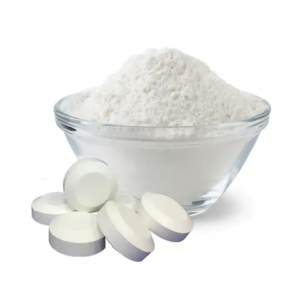| Basic Information | |
| Product name | Acesulfame potassium |
| Grade | Food grade |
| Appearance | White crystalline powder |
| CAS No. | 55589-62-3 |
| Assay | 99% |
| Shelf life | 2 Years |
| Packing | 25kg/bag |
| Characteristic | Stable. Incompatible with strong oxidizing agents. |
| Condition | Stockpiled at the ventilated place, avoiding rain, moisture and insolation |
What is acesulfame potassium?
Acesulfame Potassium, commonly known as A.K, is a no-calorie sweetener.
The sweetness of acesulfame potassium is 200 times that of sucrose, equivalent to aspartame, two-thirds of saccharin, and one-third of sucralose.
Acesulfame potassium has a functional group similar to that of saccharin, and it will also leave a slight bitter taste and metallic taste on the tongue after eating, especially when the concentration is higher. In actual use, acesulfame potassium is mixed with other sweeteners such as sucralose and aspartame in order to obtain a sweetness profile similar to that of sucrose, or to cover the residual taste of each other, or to present a synergistic effect to promote the overall sweetness. The molecular size of acesulfame potassium is smaller than that of sucrose, so it can be mixed evenly with other sweeteners.
About pregnant women
Consuming acesulfame potassium within the ADI is safe for women who are pregnant or breastfeeding according to the EFSA, FDA, and JECFA.
The FDA approved the use of acesulfame potassium without restrictions for any segment of the population. Pregnant women, however, should consult with their healthcare providers regarding their nutrition, including the use of low- and no-calorie sweeteners such as acesulfame potassium.
About children
Health and food safety authorities such as the EFSA, JECFA have concluded that acesulfame potassium is safe for adults and children to consume within the ADI.
Features and Advantages
1. Acesulfame is a food additive, a chemical similar to saccharin, soluble in water, increasing the sweetness of food, no nutrition, good taste, no calories, no metabolism or absorption in the human body. Human, obese patients, ideal sweeteners for diabetics), good heat and acid stability, etc.
2. Acesulfame has a strong sweetness and is about 130 times sweeter than sucrose. Its taste is similar to that of saccharin. It has a bitter taste at high concentrations.
3. Acesulfame has a strong sweet taste and taste similar to saccharin. It has a bitter taste at high concentrations. It is non-hygroscopic, stable at room temperature, and has good mixing with sugar alcohol, sucrose and the like. As a non-nutritive sweetener, it can be widely used in various foods. According to China's GB2760-90 regulations, it can be used for liquid, solid beverages, ice cream, cakes, jams, pickles, candied fruit, gum, sweeteners for table, the maximum use amount is 0.3g/kg.

